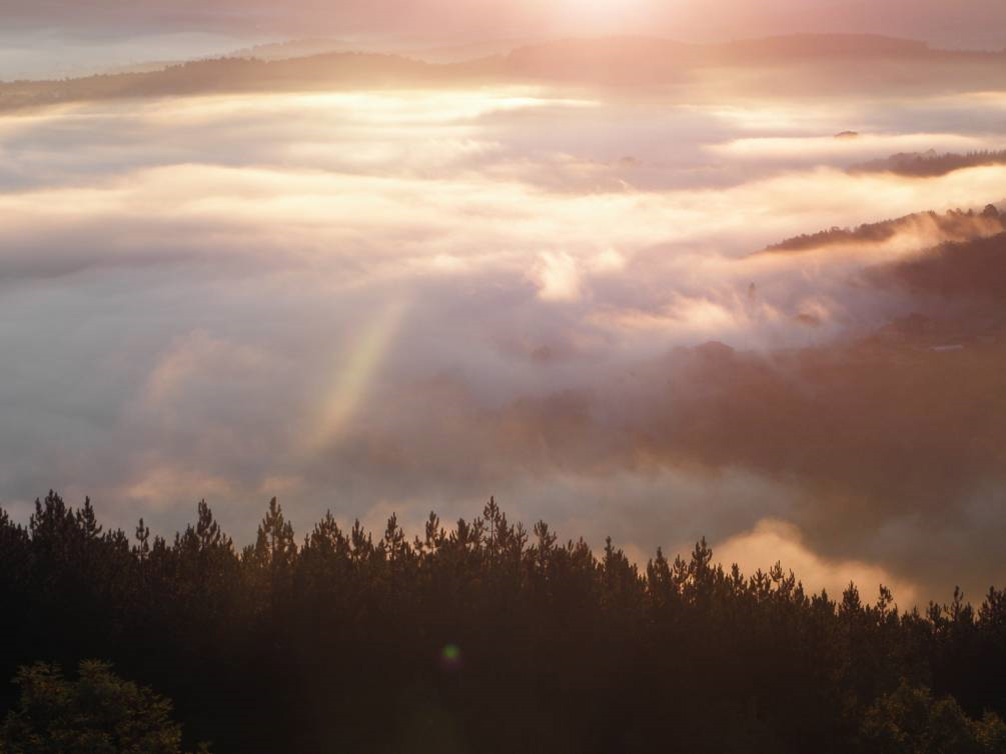Bronze Age Gold Road of the Balkans – Ada Tepe Mining: Producers and Consumers
On the Ada Tepe hill in the Bulgarian Rhodopes a Bronze Age gold mine was exploited since the 15th century BCE, which makes it one of the oldest gold mines in the wider region of Europe. Since the site had been excavated by the Bulgarian Academy of Sciences and a joint Bulgarian-Austrian project investigated the findings from the site including the settlement, focusing on the reconstruction of life, work and wide ranging interregional connections of that Bronze Age community.
The sensational discovery of the first and so far only excavated prehistoric goldmine in Europe at Ada Tepe/Bulgaria is offering a wide range of scientific opportunities for basic research. This pilot study aims to combine archaeological studies with archaeometrical analyses of physics, geological and metallurgical studies in an international and interdisciplinary effort to investigate the remains of the first gold mine on European soil. Main focus are potential producers and consumers of this Late Bronze Age and Early Iron Age gold mine. Data of producers are provided by the already excavated settlements at Ada Tepe, which will be analysed by means of stratigraphy, architecture, chronology and materiality. The identification of probable consumers will be initiated by a first series of gold and metal analyses. Starting with a geochemical definition of the source and objects found on-site, further gold and metal assemblages of Bulgarian LBA and EIA are in focus.
These investigations will not only shed light on the regional development at Ada Tepe but also help to understand trade and distribution patterns on an international level in the Late Bronze Age to the Iron Age in Europe. The proposed project is designed as an interdisciplinary pilot study to create the first systematic, basic research data of the Ada Tepe gold mine and its adjacent settlements. Although final results are not to be expected due to the mass and complexity of data, these primary results will enable future substantial and long-term research. After the proposed three year project, a first characterization of this unique site will be produced by means of chronology, archaeological-cultural definition and gold analyses.
The main aims are focusing on the producers and consumers of the gold mine with several targeted scientific goals in this first step of research defined as work packages (WP). Although all WP are certainly very important and essential for understanding the Ada Tepe site, a three year outline has to concentrate on a few fields of work. Pottery studies (WP 1) are the main focus, supplemented by studies of architecture and stratigraphy (WP 2), chronology (WP 3) and gold and metal analyses (WP 4). A cooperation of the archaeologists with 7reasons lead to a reconstruction of the mining processes as well as of the Bronze Age settlement architecture. It is based on all the detailed stratigraphic evidence from the Ada Tepe excavations. A 3D video gives you an impression of life and work on the Ada Tepe during the second half of the second millennium BCE.
Project partners alongside OeAI, OeAW (Barbara Horejs, Reinhard Jung) and NIAM, BAS (Hristo Popov, Krassimir Nikov) will be the University of Vienna (Mathias Mehofer, Vienna Institute for Archaeological Science, VIAS, for archaeometallurgical research), Institute of Mineralogy and Crystallography - BAS (Zdravko Tsintzov, for geological and archaeometallurgical research), CEZ Laboratories Mannheim (Ernst Pernicka, gold mining technology and analyses), the Catholic University of Leuven (Elena Marinova, for environmental studies) and the Westfälische Wilhelms-Universität Münster (senior project advisor Albrecht Jockenhövel).
Principal investigator
Team
- Stephanie Horvath
- Sarina Molla Djafari
Cooperations
- Hristo Popov, Krassimir Nikov (National Institute of Archaeology with Museum at the Bulgarian Academy of Sciences)
- Mathias Mehofer (VIAS – Vienna Institute for Archaeological Science, Universität Wien)
- Zdravko Tsintzov (Institute of Mineralogy and Crystallography, Bulgarian Academy of Sciences)
- Ernst Pernicka (CEZ Laboratories Mannheim)
- Elena Marinova (Catholic University of Leuven)
- Albrecht Jockenhövel (Westfälische Wilhelms-Universität Münster)
Duration
01/2016–07/2020
Funding
FWF [Projekt P 23619]
